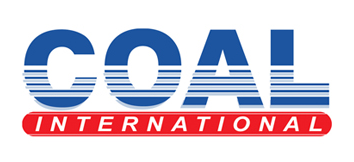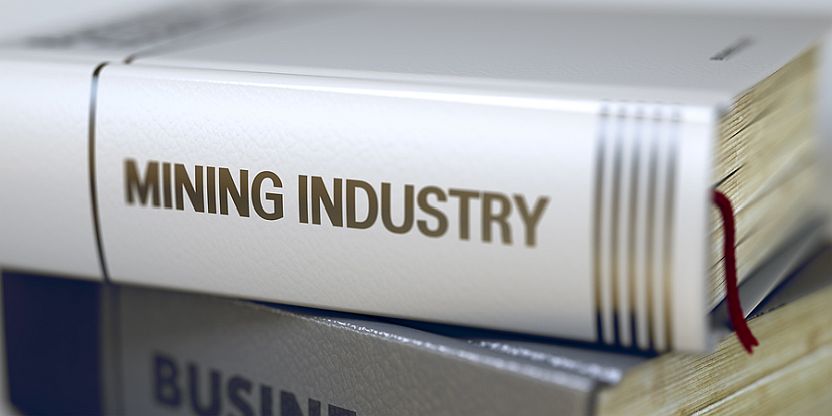Australia aims to become a globally significant producer of raw and processed critical minerals. Some background and explanation behind the ambition.
-Australia offers an abundance in metals and minerals, but processing capacity is limited
-Critical and strategic minerals increasingly in focus globally
-Australian Government released Critical Minerals Strategy 20232030
-Australia aims to become a globally significant producer of raw and processed critical minerals
Australia is rich in minerals critical to the global economy, including lithium, rare-earths, cobalt, and nickel, These minerals are not renewable and are often caught up in political situations decisive for resource availability.
Given this, understanding the Australian minerals market is crucial.
Australian Minerals
Australian Minerals are in two categories of critical and strategic minerals.
Critical Minerals
Critical list minerals are metallic or nonmetallic minerals in demand from international partners and susceptible to supply disruptions. The critical mineral list contains 30 essential minerals, like cobalt, silicon, and rare-earth minerals.
Rare-earth Minerals
Rare-earth minerals are critical minerals. Australia has 17 metallic elements in the rare-earth category, including valuable minerals like neodymium, praseodymium, terbium, and dysprosium.
Strategic Minerals
Strategic minerals are in demand from international partners. The strategic minerals list is shorter than the critical list, consisting of aluminium, copper, phosphorus, tin, and zinc.
Critical Mineral Uses
Critical minerals have various uses and industries. Cobalt, for example, is used to create rechargeable batteries for the electric vehicle industry.
Strategic Materials Uses
Australia’s strategic materials are necessary for AI technology. An example is copper, which is essential for semiconductor chips.

Downstream Processing: Australia’s Value Add Opportunity
Australia’s rare-earth average resource is 145 million tonnes. However, Australia cannot produce finished products.
The Critical Minerals Strategy 2023-2030 addresses the problem.
This strategic vision acknowledges lack of production capacity and sets goals to remedy the situation.
Strategy objectives are:
-Creating Diverse, Robust, and Sustainable Supply Chains
Demand for minerals means creating new mines, processing facilities, and refineries. These mines need reliability and security.
-Addressing Environmental Concerns
Mineral conservation and environmental awareness create supply security. An example is addressing community concerns, especially indigenous peoples, about mining, water use, and biodiversity to make opposition to projects less likely.
-Setting Governance Standards
Strong regulatory structures encourage or demand company transparency. This transparency ensures purchasers, customers, and policymakers have better information about production environmental concerns and progress.
Critical Minerals Strategy 2023-2030
The Critical Minerals Strategy is a roadmap for Australia’s mining industries. The Australian government uses federal money to support mining and mineral processing.
Two notable mineral incentives are:
Critical Minerals Production Tax Incentive
The Critical Minerals Production Tax Incentive is a $7bn refundable tax offset. This is part of the Future Made in Australia plan focused on supporting critical mineral processing sectors.
The plan includes critical minerals processing and green metals to protect the environment.
Critical Energy Transition Minerals (CETM) Investment
The Federal Government has made a $21m investment in five critical minerals projects.
This investment helps businesses that mine vanadium, graphite, and rare-earths. The focus is on production and processing operations.
Australia has funded about $40m in CETM projects for industry partners in Queensland, South Australia, and Western Australia.
Some Key Players Reshaping the Supply Chain
Australia offers an abundance of mining companies. These businesses are key to mining and processing minerals. Within the context of this story, some of the eye-catching names include:
-Lynas Rare Earths Limited ((LYC))
Lynas is the largest producer of rare-earths besides China, The company operates the Mount Weld mine with an estimated 19.5m tonnes of grade 8.5%.
This mine yields over 1.6 extractable million rare-earth oxides tonnes. The company’s downside is it processes materials in Malaysia, adding to costs and political uncertainty.
The company has invested $800m in its Kalgoorlie Rare Earths Facility to reduce reliance on Malaysia.
-Arafura Resources ((ARU))
Arafura advances projects like the Nolans Rare Earth Project at its Nolans mines. The project currently has an estimated mine life of 33 years and a total production capacity of up to 330,000 tonnes of rare-earths concentrate.
This mine has secured up to $840m in Australian Government funding for Australia’s first combined rare-earths mine and refinery.
-Pilbara Minerals Limited ((PLS))
Pilbara Minerals has partnered with Calix ((CXL)), an environmental technology company, for its Mid-Stream Demonstration Plant Project.
The project uses electricity to heat and process lithium. This process takes less energy and produces less waste than other operations.
Funding for the venture comes after the Western Australian Government awarded the project $15m in grant funding.
-Australian Mines ((AUZ))
Australian Mines has developed its Sconi project. This project is focused on developing ethically sourced advanced battery materials.
The company is known as the first mineral resource company worldwide to be carbon-neutral certified.
The estimate for the Sconi mine is a lifespan of over 30 years, mining and processing minerals like lithium oxides into advanced battery precursor chemicals. These chemicals help power batteries for electric vehicles.
Other ASX-listed mining companies of potential interest include Brazilian Rare Earths ((BRE)), Iluka Resources ((ILU)), Image Resources ((IMA)), ioneer ((INR)), Talga Group ((TLG)), Novonix ((NVX)), Sheffield Resources ((SFX)), and Syrah Resources ((SYR)), among many others.
Geopolitical Implications and Trade Relationships
Australia competes with other countries for mineral supremacy. Key competitors are Greenland, Albania, China, Ukraine, and the Republic of Congo.
Ukraine, Greenland, and the Republic of Congo are conflict areas. This leaves Australia as China’s key competitor.
Established trade relationships too are fraught and dubious, with once steady relationships with the United States now doubtful.
Investment Outlook and Risks
In 2022, Australia produced 27 minerals. Fifteen minerals ranked in the top five global supply. From these, Australia ranked number one worldwide for gold, iron ore, lead, and nickel. Despite market dominance, Australian mining needs to make changes to its mining practices and worldwide partners.
Businesses and investors should be alert to instability and opportunities in ambiguous global situations. The Trump Administration, for example, is imposing a 25% tariff on Australian steel and aluminium. These tariffs are despite Australia’s long-standing minerals partnerships with the United States. This uncertainty makes Australian mineral markets increasingly unpredictable, at least in the short term.
Australia, in addition to developing alternative trade partners, must create a strong domestic economy with processing capacities. Advanced extraction and refining technologies are essential for competitiveness. Without these changes, Australia is less attractive to investors.



